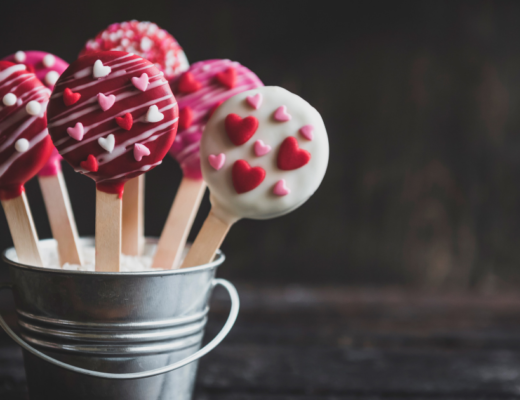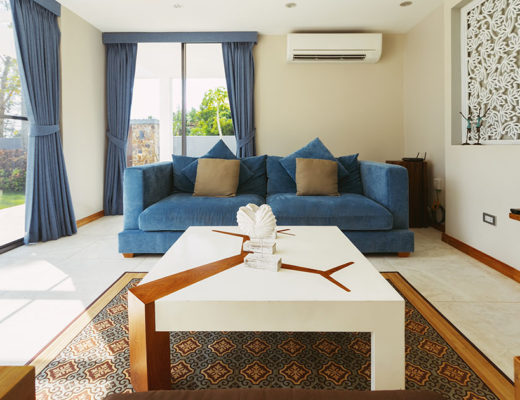If you’d like to add accents of greenery to your indoor living space but have never had much luck with house plants, perhaps it’s time to consider cultivating coddle-free succulents. A popular trend among interior decorators, his group of plants thrives on neglect and can go months in indirect light with minimal amounts of water and only need a light application of fertilizer during late spring or summer. They also feature unique appearances that add drama and interest to any interior environment. Here’s what you need to know about growing these plants indoors.
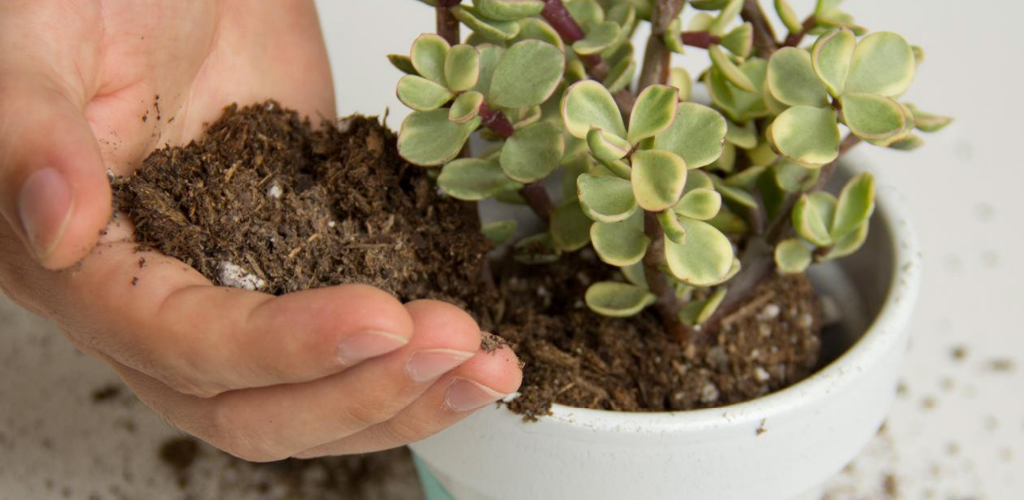
Use Good Potting Soil
As plants with their biological origins in the world’s desert regions, succulents need soils with superior drainage in order to prevent waterlogged conditions. Use a potting soil specifically formulated for cactus ensures that this requirement is met. Adding a handful or so of pumice or perlite to the mix provides extra drainage.
Handle the Root Systems With Care
Don’t let their thick leaves fool you – succulents have remarkably brittle root systems, so handle them carefully when they’re being transplanted. Gently loosen the soil to make room for the roots, and very lightly tamp it down around them with your fingers. Resist the urge to water them in after you’ve transplanted them — although this is standard procedure with most other plants, you should allow the roots of succulents to dry out for several days before adding any water.
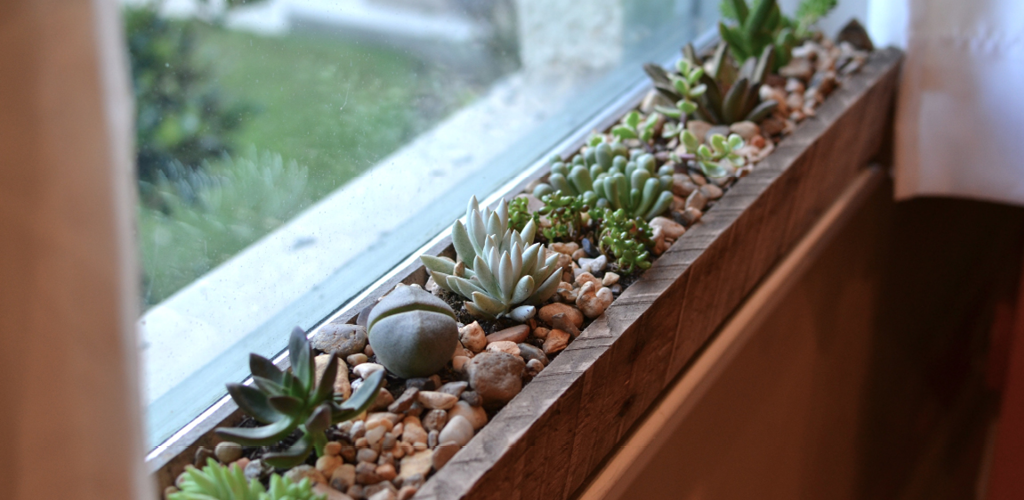
Siting Matters
Succulents may languish if placed in low light conditions such as in rooms with north-facing windows, so site them where they’ll enjoy southern, western, or eastern exposures. Most succulents will develop a spindly appearance if placed in an area that fails to provide adequate light. There are a few, however, that will do well in northern exposures, such as Hoya and Sansevieria.
However, too much direct sunlight from south or west facing windows in regions with strong sun may prove to be too much for many varieties of succulents. Be alert for brown or black spots on the leaves and move them to a new location if you see them — these indicate that the plant is experiencing sunburn. Conversely, plants that aren’t getting enough light become overly leggy, and their growth will be pointed in the direction of the nearest window.
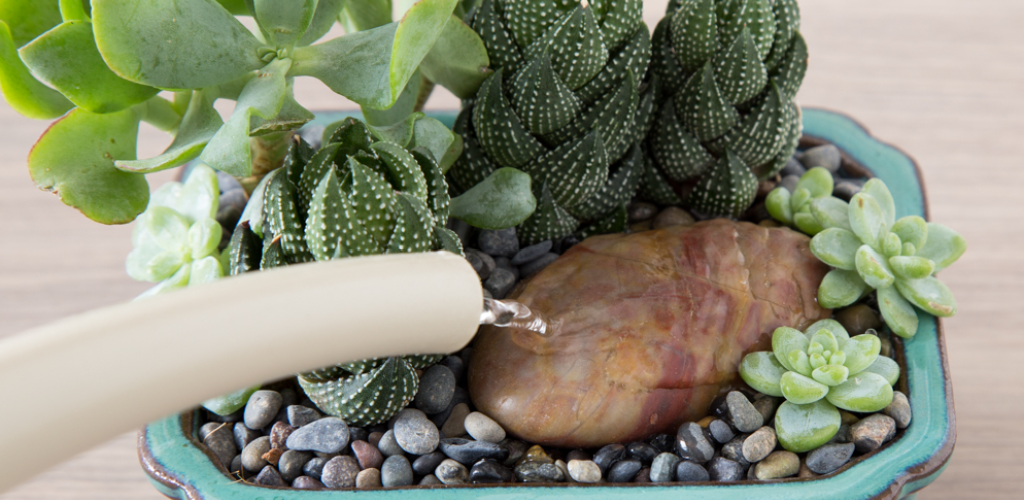
Water Wisely
You’re more likely to damage succulents by overwatering them than by underwatering. Research the variety or varieties chosen and follow their watering requirements to the letter. As a general rule of them, the soil in which they are planted should not still be damp the day after watering. If their leaves begin to shrivel at the ends, that’s a sign that they need to be watered.
Make Them Part of the Decor
All succulents are striking plants that can be successfully incorporated into your interior design scheme. For instance, jade, aloe and snake plants all have the ability to grow up to at least three feat tall and therefore make striking focal pieces. A large jade plant in an ornate planter pairs perfectly with streamlined, Asian-inspired furniture pieces. Dramatic snake plants make excellent accents in small spaces featuring minimalist furniture and pale walls for backdrops. Their upright growth habit makes succulents a perfect choice for showing off attractive pots and planters.

